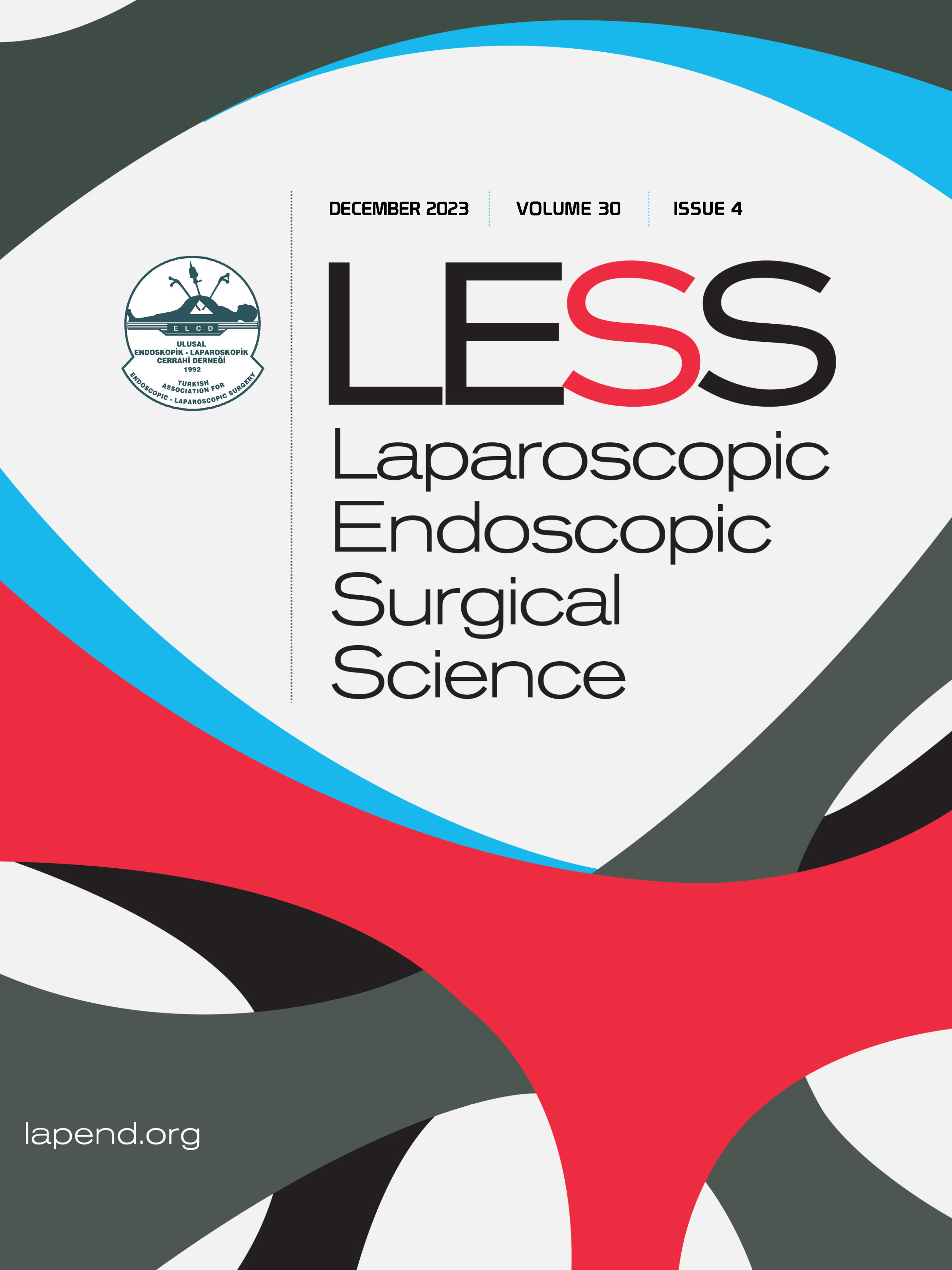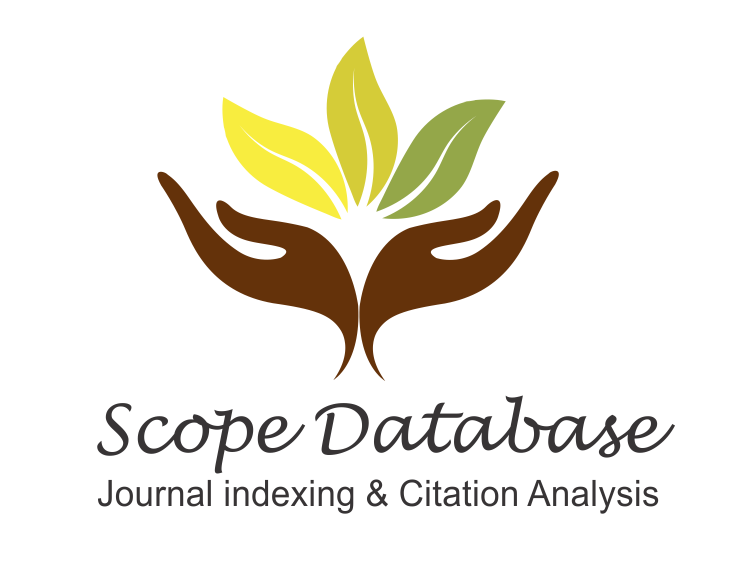Volume: 12 Issue: 4 - 2005
| RESEARCH ARTICLE | |
| 1. | The effect of pneumoperitoneum on peritonitis and inflammatory response Ali Uzunköy, Mehmet Demirci, Ilyas Özardalı, Hakim Çelik Pages 167 - 175 INTRODUCTION: The aim of the present experimental study was to investigate the effects of carbondioxyde pneumoperitoneum on inflammatory response and peritonitis severity score in experimental peritonitis. METHODS: Twenty-one Wistar Albino rats were included. The experiments were assigned into 3 groups. Group 1 (n7) consisted of control subjects; group 2 (n7) and 3 (ns7) consisted of subjects with peritonitis and sepsis induced by intraperitoneally injected Escherichia coli. In addition. pneumoperitoneum was caused using carbodioxyde insufflations in group 3. Peritonitis severity score. (-reactive protein level and white blood cell count were assessed in all groups. RESULTS: Peritonitis severity score, C-reactive protein level and white blood cell count were significantly higher in group 2 and 3 than group 1 (both, p<0.05), while significantly lower in group 3 than group 2 (p<0.05). DISCUSSION AND CONCLUSION: Carbondioxyde pneumoperitoneum decreases the peritonitis severity and systemic inflammatory response in experiments with Escherichia coli peritonitis and sepsis. |
| 2. | Laparoscopic colorectal surgery: our first five cases Koray Topgül, A. Ziya Anadol, Mehmet Bilgin, Mete Kesim Pages 177 - 187 INTRODUCTION: Laparoscopic colorectal surgery, which is considered as an advanced laparoscopic technique, tends to gain wide acceptance in our country as in the world. In this report, we aimed to share our preliminary experience on five cases, four with malign and one with benign disease. METHODS: Mean operation time was 230 minutes and mean hospitalization length was 11.6 (6·20) days. Oral liquid diet was started to all patients on the third postoperative day. One patient had lower gastrointestinal bleeding which responded to conservative therapy. In another patient, we had to convert to open surgery because of the size of the mass and narrow pelvis. RESULTS: In this patient, a recto-vaginal fistula developed which can be attributed to the technique and equipment used. There was no mortality. DISCUSSION AND CONCLUSION: We concluded that, provided that enough experience was obtained, laparoscopy can be performed as safe as in the open technique with no increase in complication rate but having all the well-known advantages of it. |
| 3. | The results of our laparoscopic Nissen fundoplication operations in 25 patients with gastroesophageal reflux disease and severe esophagitis Koray Topgül, A. Ziya Anadol, Zafer Malazgirt Pages 189 - 196 INTRODUCTION: The aim of this study is to present the results of our laparoscopic Nissen fundoplication operations in 25 patients with gastroesophageal reflux disease and severe esophagitis, keeping in mind that this procedure 1s widely used as the operation of choice for the treatment of this disease. METHODS: From January 2002 to February 2005, laparoscopic Nissen fundoplication was performed out in 25 patients. Seventeen patients were female, eight were male and the mean age was 39 (range 28-69 ). All patients underwent standard preoperative work-up, including upper gastrointestinal barium meal x-ray study and esophagogastroduodenoscopy with biopsy. All patients had grade 3-4 esophagitis and 11 patients had sliding type hiatal hernia. The criteria of indications for laparoscopic Nissen procedure were; resistance to medical therapy (80%), noncompliance with medical therapy (10%) and prolonged medical therapy (10%). RESULTS: The mean operating time was 110 minutes (range 70 to 190). We did not convert to an open procedure in any of the patients. Additionally, cholecystectomy was performed in two patients. Prosthetic reinforcement of the hiatal crura was carried out with appropriate sized composite mesh in two cases. There was no permanent disphagia and mortality. Mean hospital stay was 4 days (range 2-12). Mean follow-up was 10 months (range 3 to 24). In the first postoperative month, temporary disphagia was detected in 50% of the patients The clinical results were expressed as excellent, good and moderate by 11, 1 O and 4 patients, respectively. DISCUSSION AND CONCLUSION: Laparoscopic Nissen fundoplication is an appropriate procedure for the treatment of patients with gastroesophageal reflux disease and severe histopathological esophagitis. |
| CASE REPORT | |
| 4. | The repair of gastric volvulus with laparoscopic anterior gastropexy: a case report Kağan Zengin, Abdullah As, Sema Tekin, Doğan Selçuk, Melih Paksoy Pages 197 - 201 Gastrik volvulus is a rarely seen condition. caused by torsion of the stomach on its vertical or horizontal axis. While it may be seen as a surgical emergency in its acute form; nonspesific abdominal symptoms are usually seen in its chronic form. The etiology is absence or weakness of some ligaments of the stomach. Predisposing factors like diaphragmatic defects or paraosephageal hernia can be seen in some cases. We believe that laparoscopic anterior gastropexy is one of the best choice for the treatment of selected and suitable cases. |















